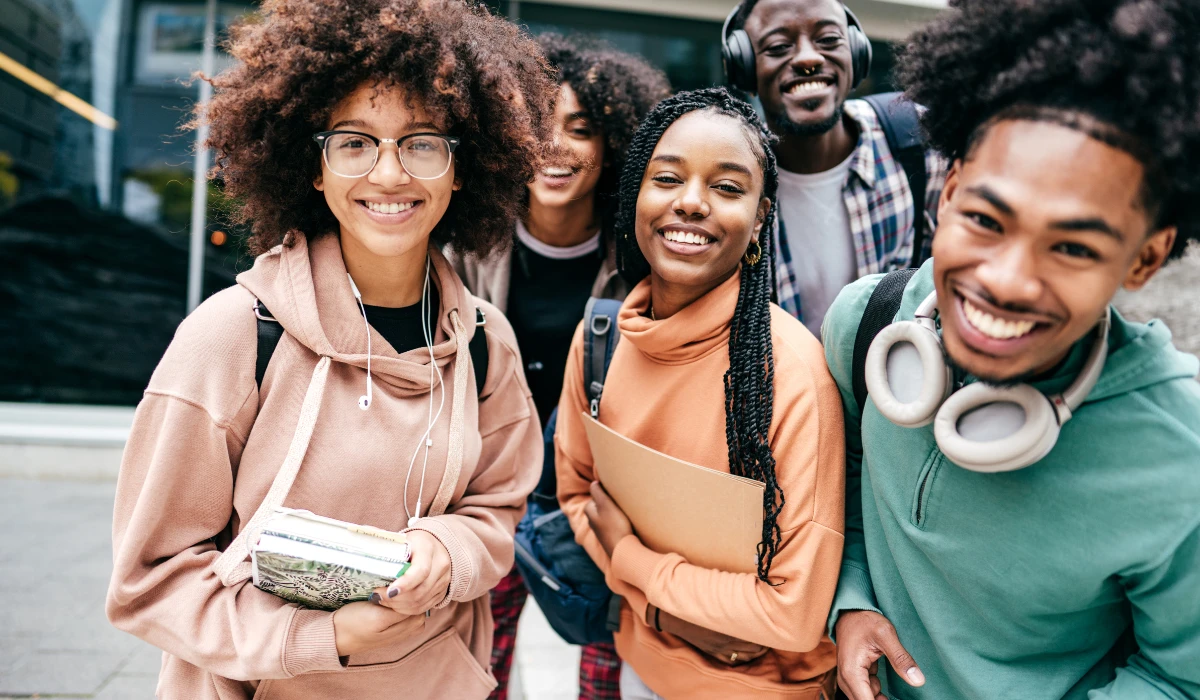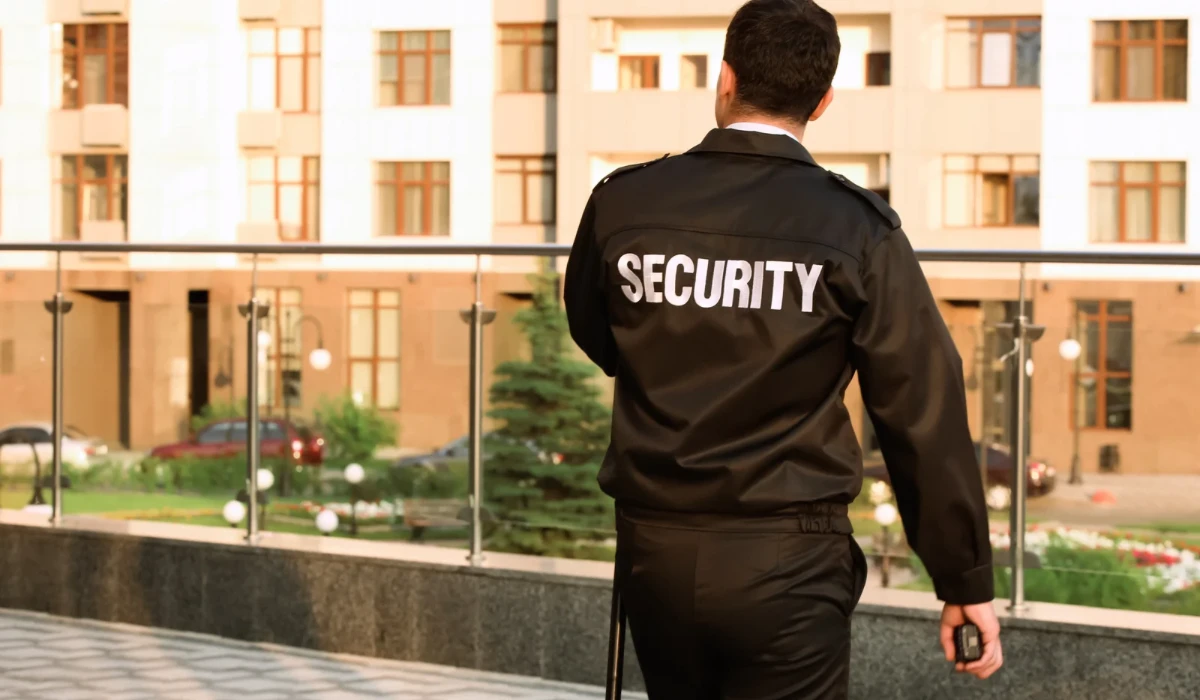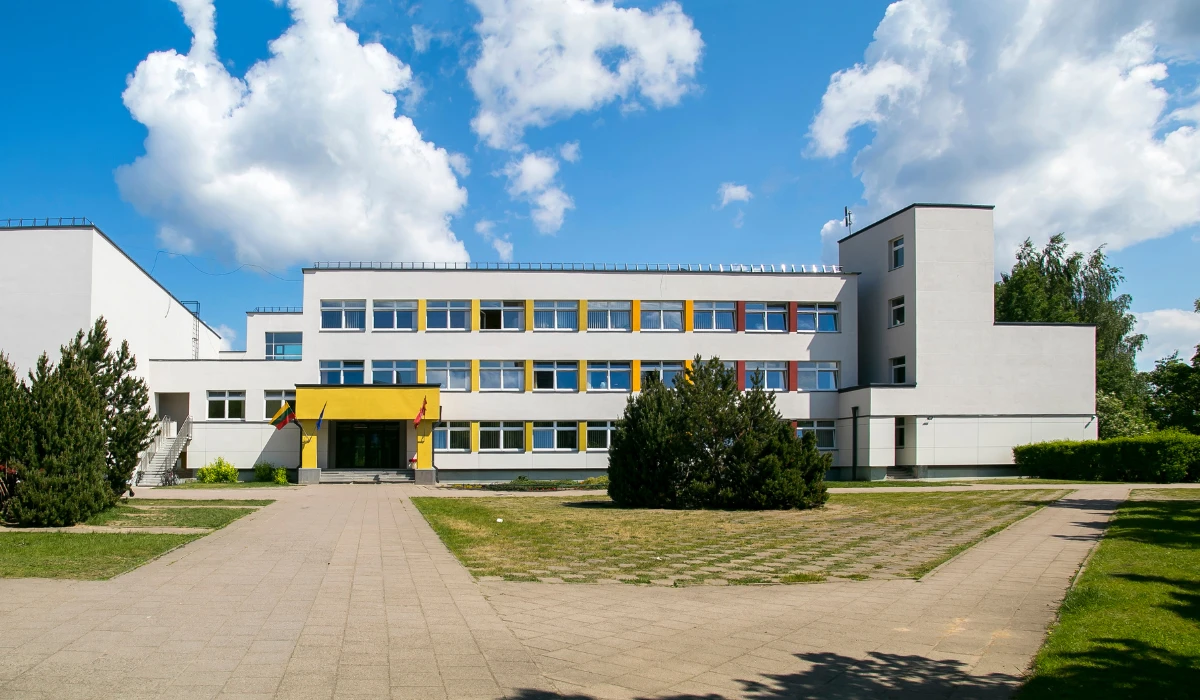In New York State, the face of K-12 education is evolving, and at the center of this transformation is a renewed commitment to community engagement. No longer just a buzzword, community involvement is becoming a critical pillar for educational success, equity, and innovation across urban, suburban, and rural school districts alike.
As public schools navigate the pressures of academic performance, economic shifts, and evolving student needs, it’s becoming clear: the future of K-12 education in New York depends not only on what happens inside the classroom, but also on how deeply schools can connect with the communities around them.
A New Era of Shared Responsibility
Traditionally, school districts have looked at community engagement through a narrow lens: parent-teacher conferences, fundraisers, and the occasional community forum. But across New York, a deeper, more meaningful model is taking root, one where families, businesses, faith-based organizations, and civic groups are seen as equal partners in the educational journey.
The New York State Education Department (NYSED) has recognized this shift, placing greater emphasis on partnerships in its policy frameworks. Initiatives like the My Brother’s Keeper program and Community Schools strategy highlight a new understanding: when schools weave themselves into the fabric of the neighborhoods they serve, students thrive.
In fact, research consistently shows that schools with strong community ties experience higher graduation rates, improved student behavior, better attendance, and stronger academic outcomes. It’s a simple equation—when families and neighbors feel ownership in their local schools, they invest time, resources, and heart into making them better.
Innovation on the Ground
Districts across the state are already reimagining how they engage their communities.
In New York City, the nation’s largest public school system, initiatives like Family and Community Wellness Centers are breaking down barriers between home and school, offering mental health support, adult education, and parenting resources. In Rochester, the ROC the Future Alliance unites schools, nonprofits, and businesses in a coordinated effort to improve outcomes from cradle to career. Meanwhile, in smaller districts like Roosevelt and Wyandanch on Long Island, administrators are embedding family engagement specialists into school buildings and hosting culturally responsive community events designed to lift every voice.
Technology is also playing a key role. Virtual town halls, real-time translation services for multilingual families, and mobile apps connecting parents directly to teachers are making it easier than ever for communities to stay engaged, even amidst busy lives and demanding schedules.
Addressing the Challenges Head-On
Despite these promising developments, building meaningful community engagement isn’t without its hurdles.
New York’s schools are as diverse as its communities, and with diversity comes complexity. Language barriers, historical mistrust, economic hardships, and systemic inequities can all make it difficult to build genuine partnerships. Schools can’t simply invite families in once a year and call it a day. Engagement has to be authentic, ongoing, and built on trust.
Statewide, there’s also a growing call for more equitable resource distribution. Schools in lower-income areas often have fewer staff, limited access to extracurriculars, and aging facilities, making it harder to build thriving community spaces. That’s why many advocates are pushing for strategic investments in wraparound services, safe school buildings, and culturally responsive curriculum that reflects the communities students come from.
Where We Go From Here
Looking ahead, the future of community engagement in K-12 education across New York will likely be defined by a few key trends:
-
Community Schools Model Expansion: More districts will adopt the community school model, where schools serve as hubs for health care, social services, and adult education alongside academics.
-
Parent and Student Voice: Schools will move beyond token gestures toward real power-sharing, giving parents and students seats at decision-making tables through advisory councils, participatory budgeting, and policy co-design.
-
Partnerships with Local Business and Industry: Workforce readiness programs and internships will continue growing, especially as New York State invests in green energy, healthcare, and technology sectors.
-
Investment in Digital Engagement Tools: To meet families where they are, schools will increasingly use apps, podcasts, livestreams, and text messaging to maintain regular communication.
-
Focus on Equity and Access: Efforts will intensify to engage historically marginalized communities, ensuring that language, immigration status, or income never block a family’s right to participate in their child’s education.
Governor Kathy Hochul and Commissioner Betty Rosa have both stressed the importance of strong school-community partnerships in their strategic education initiatives. The message is clear: building stronger communities starts with schools, and building stronger schools requires every corner of the community.
Community engagement is no longer optional. It’s the lifeline for K-12 education in New York State. As we move into the future, schools that open their doors, and their decision-making processes, will not only empower their students but strengthen the very communities they serve.
The challenge is real. But so is the opportunity.





